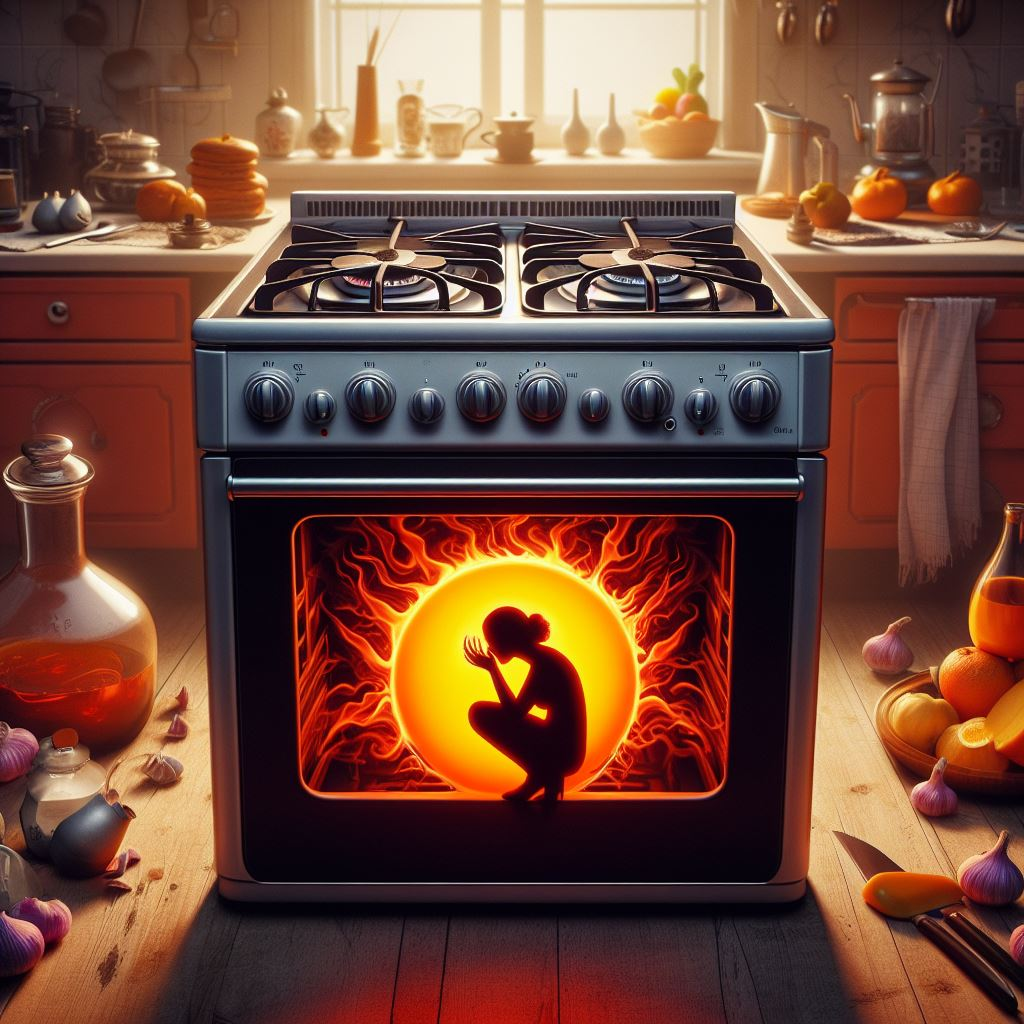Introduction
Hello, dear readers. I’m your guide on this journey, a seasoned writer with a keen interest in health and safety. With years of experience researching and writing about these topics, I’m here to shed light on an issue that affects us all but is often overlooked – the potential dangers of gas stove cooking.
The Unseen Risks of Gas Stove Cooking
Gas stoves are a common sight in kitchens around the world. Their efficiency and the control they offer make them a popular choice. However, they may pose certain health risks that are not immediately apparent. These risks stem from the combustion process, which can release harmful pollutants into your home’s air. These pollutants include nitrogen dioxide, carbon monoxide, and formaldehyde, which can have adverse effects on health.
A Revealing Study: What the Science Says
A recent study has brought these risks into sharp focus. The researchers conducted a series of tests in a controlled environment, simulating the conditions in a typical kitchen. They found that gas stoves can emit levels of nitrogen dioxide that exceed the safety standards set by the Environmental Protection Agency (EPA). This is a cause for concern, as prolonged exposure to high levels of nitrogen dioxide can lead to respiratory problems.

Health Implications: What Does This Mean for You?
So, what does this mean for you and your family? The health implications are significant. Exposure to the pollutants emitted by gas stoves can lead to a range of health issues, from minor ailments like headaches and nausea to more serious conditions like asthma and other respiratory diseases. Children, the elderly, and those with pre-existing health conditions are particularly vulnerable.
Safety Measures: Protecting Your Home and Health
The good news is that there are steps you can take to mitigate these risks. One simple yet effective measure is to ensure good ventilation in your kitchen. Using a range hood that vents outside can help to remove pollutants from the air. Regular maintenance of your stove can also help to reduce emissions.
Alternatives to Gas Stoves: Exploring Your Options
If you’re considering replacing your gas stove, there are several alternatives that you might consider. Induction cooktops, for example, offer the same level of control as gas stoves but without the associated risks. Electric stoves are another option. While they may not offer the same level of control, they are safer than gas stoves.
Conclusion: Empowering Health-Conscious Homeowners
In conclusion, while gas stoves can pose certain risks, being informed and taking appropriate safety measures can significantly reduce these risks. As health-conscious homeowners, it’s up to us to make the choices that protect our health and the health of our families.
Table: Key Points from the Article
| Section | Key Point |
|---|---|
| Unseen Risks | Gas stoves can emit harmful pollutants. |
| Revealing Study | A study found that gas stoves can emit levels of nitrogen dioxide that exceed EPA standards. |
| Health Implications | Exposure to these pollutants can lead to health issues, including respiratory diseases. |
| Safety Measures | Good ventilation and regular maintenance can help to mitigate these risks. |
| Alternatives | Alternatives to gas stoves include induction cooktops and electric stoves. |




